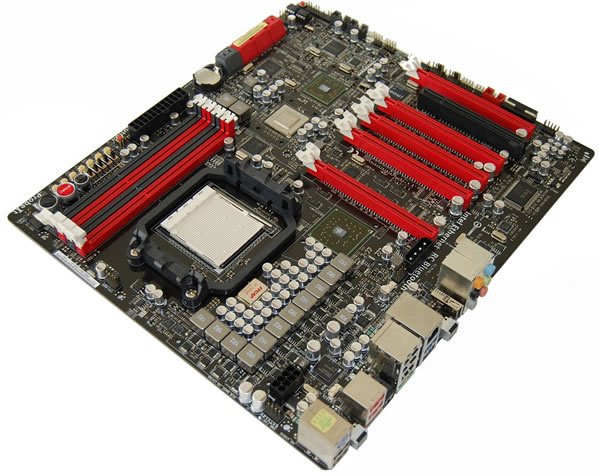Final Thoughts
There's no question that the Asus Crosshair IV Extreme is a high quality motherboard. It's undoubtedly one of the best, if not the best, AM3 motherboard we have seen in terms of features and performance. Having said that, compared to Crosshair IV Formula, the "Extreme" version doesn't seem all that much more extreme – except maybe its price tag, which is ~25% higher than the Formula's.
When you compare both motherboards on paper, it becomes clear how little they differ. Other than a few minor changes to components such as the Gigabit LAN controller, they are very much the same. The key addition to the Crosshair IV Extreme is of course the Lucid HydraLogix engine, and as much as we like the idea behind it, its drivers still need a lot of work and we seriously question its worth at the moment.
If the technology worked as advertised, users wouldn't have to rely on AMD or Nvidia to implement multi-GPU support for new games. However, folks would have to wait for Lucid to update its drivers to support new graphics cards, drivers and games. It's a bit of a messy scenario and it's already caused us a number of headaches.

We saw next to no performance increase when mixing AMD and Nvidia graphics cards, and HydraLogix was considerably slower than CrossFire when using two Radeon HD 5870 graphics cards. Furthermore, we weren't able to use any Radeon HD 6800 series graphics cards. Unfortunately, we didn't experience the Extreme's "SLI-like" performance either, as we found no performance gains when adding a second GeForce GTX 480 graphics card, even though the HydraLogix control panel appeared to be working.
We ultimately showed you very little testing with the HydraLogix engine as it was a bust. While some games such as Crysis showed small gains, most did not. Therefore, we did not want to paint the wrong picture by only showing the games that we could get to work, if only to a certain degree. The bottom line is, in its current state, no gamer is going to want to use the HydraLogix engine. Period.
We see very little sense in purchasing the Crosshair IV Extreme. At $300 the Asus Crosshair IV Extreme is more expensive than most Intel X58 motherboards, and for around $80 less the Formula would save you money that is better spent on a more powerful graphics card. Alternatively, the Asus P6TD Deluxe supports both CrossFire and SLI natively without sacrificing any scaling performance and costs only $230, leaving headroom for a more expensive Core i7 processor.
Besides the HydraLogix engine's disappointing performance, we really liked the Asus Crosshair IV Extreme. In addition to including every single possible feature a motherboard could support, its overclocking ability is second to none. But as pointed out before, if you are seeking for the most extreme AM3 motherboard possible, the Asus Crosshair IV Extreme undoubtedly fits the bill, but the Crosshair IV Formula is essentially the same with a far more sensible price tag.